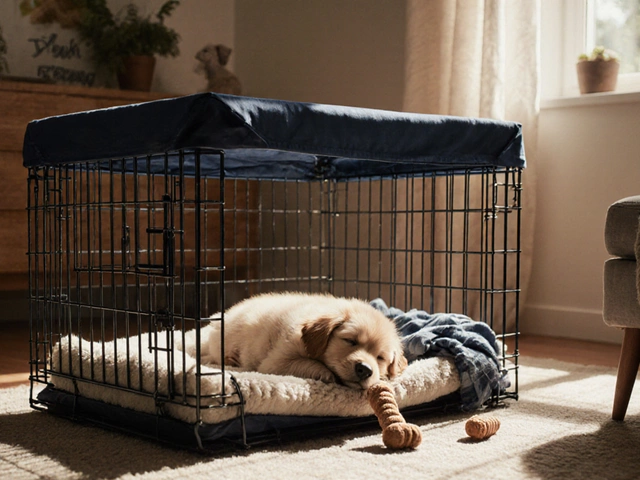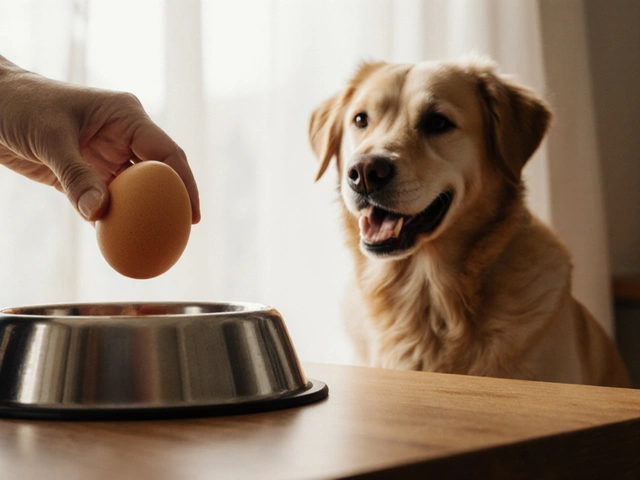Dog Collar Safety: Keeping Your Pup Secure and Comfortable
When thinking about Dog Collar Safety, the practice of selecting, fitting, and using a dog’s collar to protect health and prevent accidents. Also known as collar safety, it helps owners avoid choking, skin irritation, and loss of control during walks. This page pulls together the most practical advice you’ll need to make a collar work for you, not against you.
First off, a collar must fit properly. A good rule is two fingers can slide between the collar and your dog’s neck. Too tight and you risk bruising; too loose and the dog could slip out. Material matters too—nylon is lightweight, leather is durable, and breakaway designs add an extra safety net. In short, dog collar safety encompasses the right size, the right material, and the right use case. When you get these three right, you reduce the chance of choking, prevent skin sores, and keep control in any situation.
Key Factors for Safe Collars
Collars come in many styles. A flat nylon collar works for everyday ID tags, a martingale offers gentle control for dogs with heads that can slip out of standard collars, and a reflective collar boosts visibility at night. Each style has a specific purpose, so matching the collar type to your dog's breed, neck shape, and activity level is essential. Understanding these variations lets you pick a collar that supports safe walking while still looking good.
Many owners wonder if a Dog Harness, a piece of gear that goes around the chest and shoulders instead of the neck. Also called a vest harness, it reduces pressure on the neck and is ideal for dogs that pull or have respiratory issues. A well‑fitted harness can be an excellent complement to collar safety, especially on longer hikes or in crowded areas.
The leash you pair with a collar matters, too. A Leash, the tether that connects you to your dog’s collar or harness should be sturdy, the right length, and suited to the dog's size. A short leash gives you more control in busy spots, while a longer one lets a well‑trained dog explore safely. Leash choice directly influences dog collar safety because a weak or inappropriate leash can cause sudden jerks that stress the neck.
Training collars—like e‑collars or shock collars—are often debated. A Training Collar, an electronic device that delivers a mild stimulus to aid obedience training can be safe if used correctly, but misuse can override basic collar safety principles. Proper fit, low intensity settings, and professional guidance are must‑haves. When applied responsibly, a training collar can reinforce good behavior without adding risk, but it never replaces a well‑fitted regular collar or harness.
Beyond the main gear, simple accessories boost safety: ID tags with up‑to‑date contact info, reflective strips for night visibility, and breakaway buckles for dogs that love to explore. These extras work hand‑in‑hand with the core items—collar, harness, leash, and training device—to create a complete safety system.
Below you’ll find a curated collection of articles that dig deeper into each of these topics. From how to pick the right size collar to the pros and cons of e‑collars, the posts cover real‑world tips you can start using today. Dive in and arm yourself with the knowledge you need for safer, happier walks with your dog.

Can You Leave a Dog Collar On 24/7? Risks and Safe Practices
Learn if a dog collar can stay on 24/7, the risks involved, signs of trouble, and best practices for safe, healthy collar use.
read more





